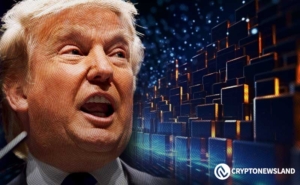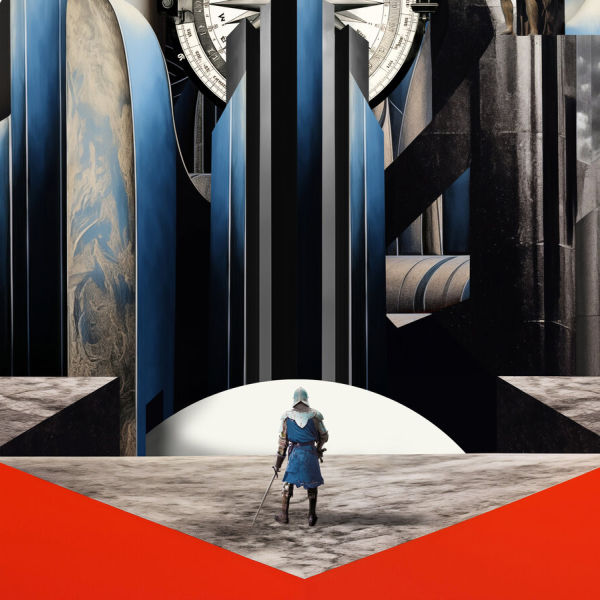Here’s Why Solana Projects Are Going Multichain
- Solana’s dApps are embracing multichain integration to expand their reach.
- The move is driven by the need to onboard new creators and collectors.
- The integration will help artists leverage the two largest NFT ecosystems in one place.
Solana’s decentralized applications (dApps) are making a strategic move. They are embracing multichain integration, which promises to expand their reach and influence in the crypto ecosystem.
Solana Apps Expand to EMV Services
On Tuesday, July 25, two Solana-based platforms, the digital art marketplace ExchangeArt and the NFT-driven game franchise Aurory , announced their plans to integrate support for Ethereum and its Layer-2 solution, Arbitrum , respectively.
This move makes their applications EVM-compatible, meaning their smart contracts can now be executed in the Ethereum environment. The integration is set to go live on August 1 for ExchangeArt and is already in progress for Aurory.
The decision to embrace EVM compatibility is a strategic one. Solana is not an EVM-native or EVM-compatible chain, which means users typically need to create a new wallet via options like Phantom or Solflare. This can add friction to the user experience for those only familiar with the Ethereum ecosystem and wallets like MetaMask .
By becoming EVM-compatible, these Solana-based dApps can provide a more seamless experience for these users. This reduces the need to juggle multiple wallets and ecosystems.
For instance, Aurory’s integration will enable users to move their game assets between Solana and Arbitrum. This enables the project to “tap into diverse new user bases,” Aurory explained in the announcement.
The move will create “frictionless onramps for these communities, regardless of whether they are Web2 or Web3 native,” they added.
On the other hand, ExchangeArt sees its move to Ethereum as a way to help artists manage their collections more easily. The platform will launch its gas-optimized ETH contract and enable users to import existing contracts. In addition, once it goes live, creators can have pieces on Solana (SOL) and Ethereum (ETH) all in one place.
On the Flipside
- ExchangeArt is not the first Solana NFT project to expand to other chains. In December 2022, NFT projects DeGods and y00ts announced their migration from Solana to Ethereum and Polygon.
- Both ExchangeArt and Aurory said they are not moving away from Solana. Instead, they are branching out to other chains to expand their reach.
Why This Matters
Solana projects expanding into other chains shows that being multichain may become a norm for dApps. Moreover, it shows the strength of Ethereum’s ecosystem, thanks to its relatively large user base.
Read more about Solana’s latest developments:
Solana Generates Excitement as Cardano Flip Edges Closer
Read more about Worldcoin and its potential regulatory troubles:
UK Watchdog Eyes Worldcoin’s Orb: More Regulators to Follow?
Disclaimer: The content of this article solely reflects the author's opinion and does not represent the platform in any capacity. This article is not intended to serve as a reference for making investment decisions.
You may also like
Donald Trump’s Memecoin to Face $320 Million Token Unlock as Price Dips

33% of French looking to buy crypto in 2025 but Italians are even more bullish
Share link:In this post: A third of French people intend to purchase cryptocurrencies this year. New study shows Italians as most bullish among surveyed nations in Europe. The crypto sector’s growing legitimacy helps attract more investors, researchers say.
Spanish Police End Crypto Scam Ring That Used AI to Swipe $21 Million From Investors

Survey reveals 1 in 5 Americans own crypto, with 76% reporting personal benefits

